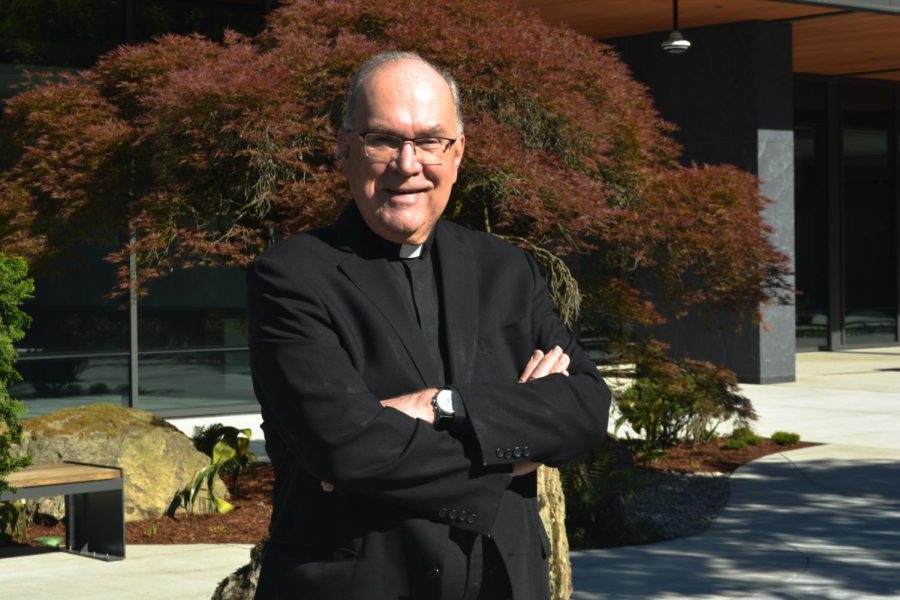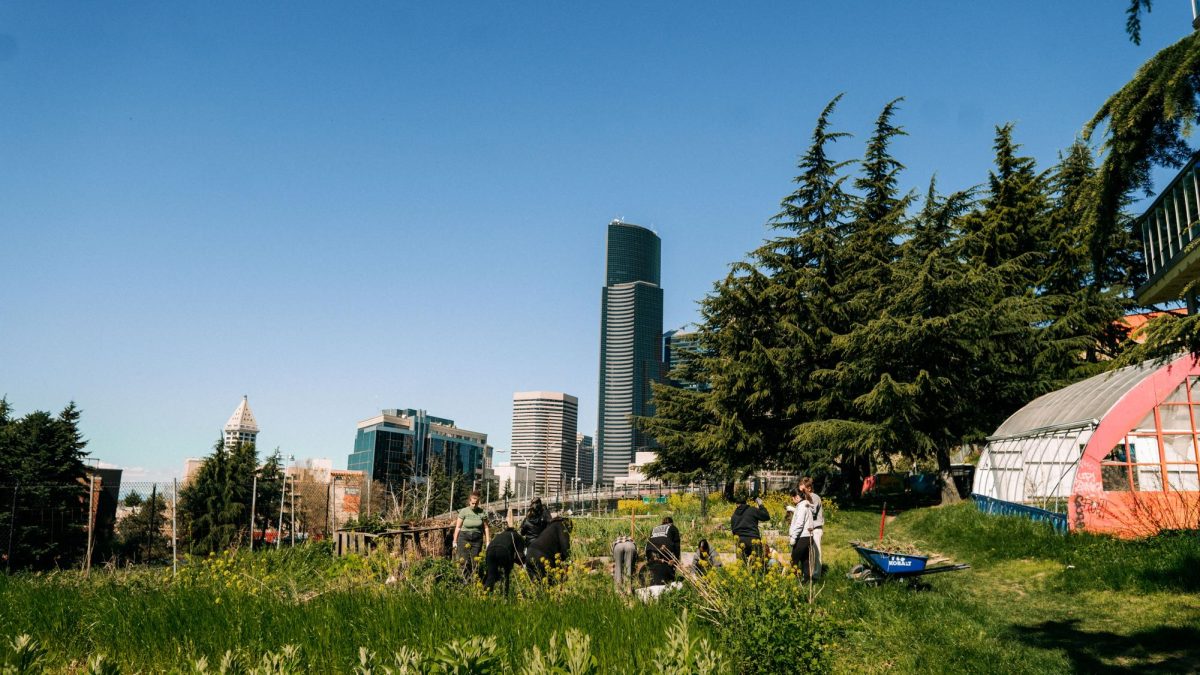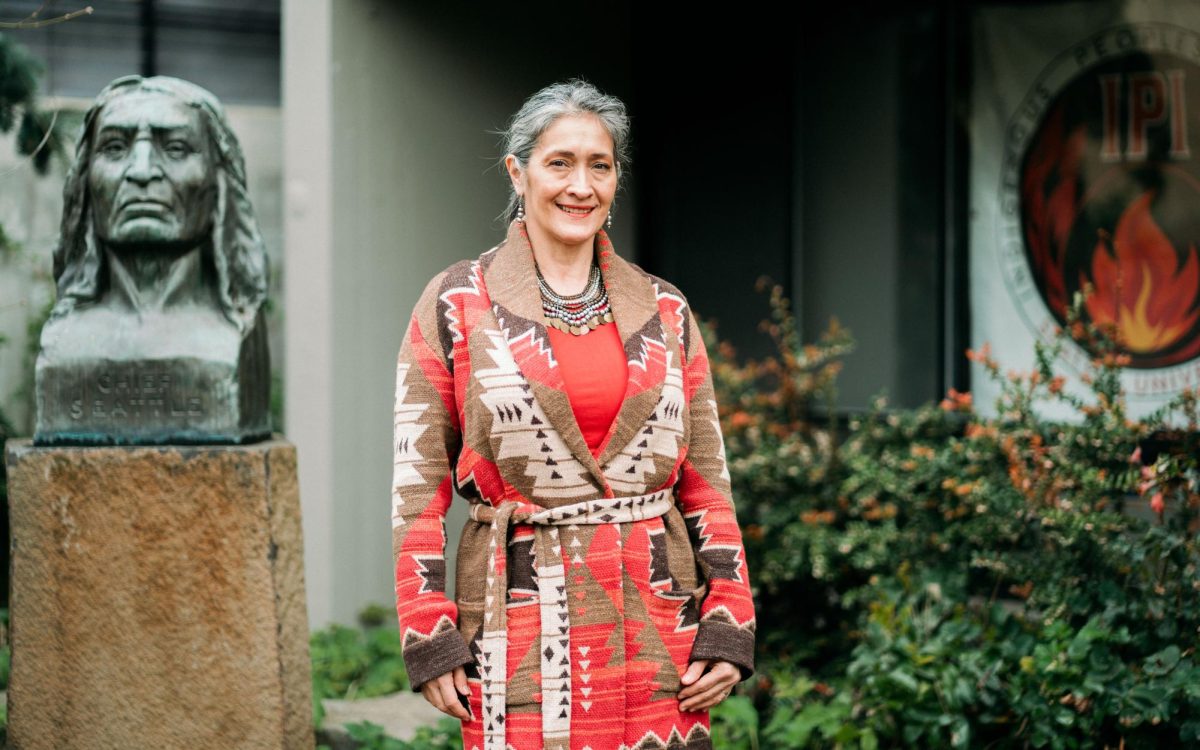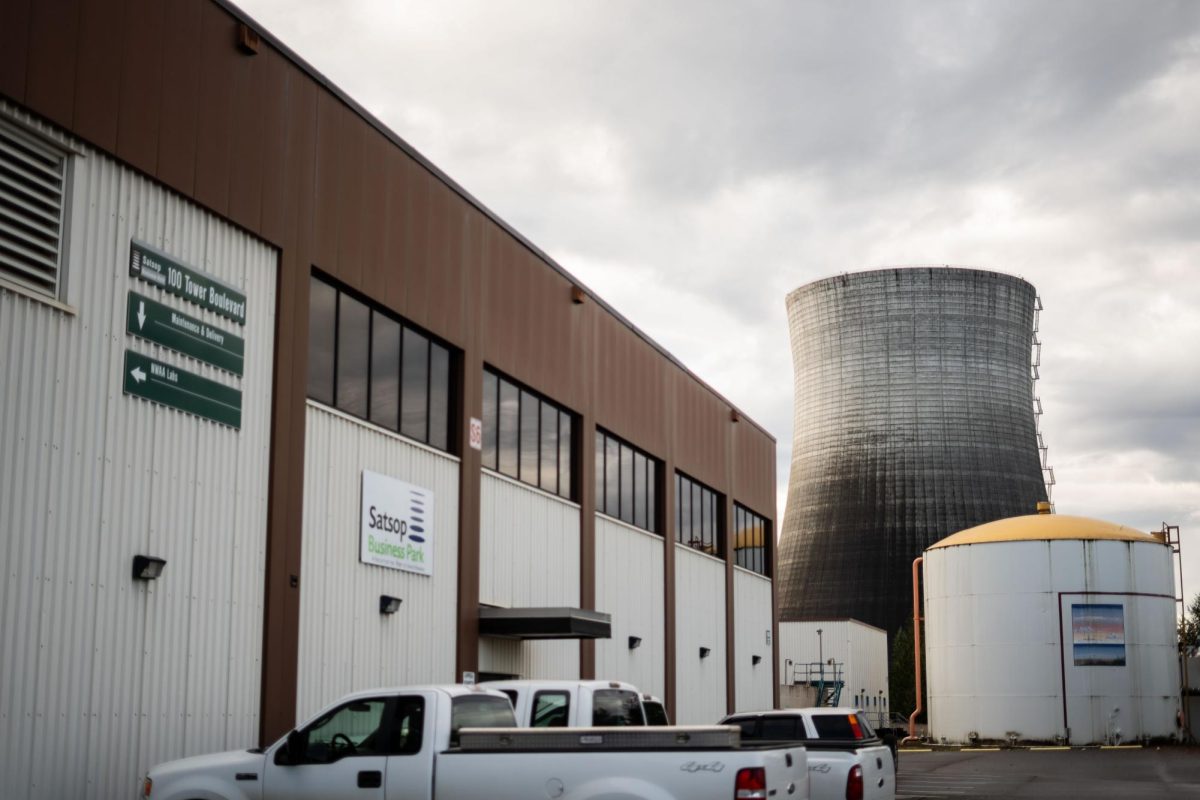Change is never easy to accept.
Therefore, it’s not surprising that when the Seattle School Board announced that school placements and neighborhood boundaries would change for the majority of Seattle Public School students, parents and community members spoke up right away against action that they considered completely out of bounds.
Proposed boundary changes for the Seattle Public Schools were prompted by recent enrollment growth and are currently being revised by the school board and will be voted on by Nov. 20.
For parents of Seattle Public School students the process has been frustrating. Worries include loss of diversity that has emerged in the current school system, limited access to advanced programs, and displacement of students.
“These expansions would displace the south-of-Madison group of families and siblings that are already integral to our community and who bring Stevens much of its diversity, only to replace them with other families,” reads a message from the Stevens Elementary School attendance committee that was posted on the Capitol Hill Seattle Blog. “Our community does not welcome this solution, which does not appear to solve our capacity issue while negatively affecting diversity at Stevens.”
It is not surprising that Stevens is just one of many districts that has spoken up against the proposed boundary changes.
Many of the new boundaries displace students, going so far as to bus students to new schools when they could have walked to their original placements. Cross-town busing prevents some students from participating in after school programs or other activities and is more costly for the Seattle Public Schools.
Although the school board is encouraging feedback from parents and families, their methods of collecting information is scattered. According to the Public School’s statement, “feedback was collected through five large community meetings, email, and a survey,” These attempts, however, overlook families who don’t speak English or who don’t have access to the Internet, according to Seattle University professor, Marie Wong. These two factors are not uncommon in Seattle.
“We’re talking about an area of the city where there is a very high population of individuals who have another language as their primary language,” said Wong, who has expertise in urban studies, when asked specifically about how the changes would affect families in Seattle’s International District.
“I just don’t know how many of these meetings were conducted within the International District so that people would have an opportunity to attend,” she said.
Meetings were held at both the Meany Middle School building and Mercer Middle School, which are near the International District but do not guarantee that surveys reached all families. However, translators were present at some meetings to help with language barriers.
According to Wong, the reassignment of students has the potential to cause disadvantages for many of Bailey Gatzert’s international students.
“If you look at the maps, the children that are in the Chinatown International District will be bussed to Meany,” Wong said. Meany Middle School closed in 2009 but will reopen as part of the new changes.
“So all of these children that already have the ability to walk to Bailey Gatzert now all of the sudden are going to be bussed somewhere,” Wong said. “Bailey Gatzert has always been a school that has been incredibly responsive to cultural differences and cultural challenges for children. I don’t know enough about Meany School to understand if that’s going to be something that will take time for the teachers that are in that school to get up to speed.”
Seattle implemented forced busing in the 1970s in attempts to racially integrate schools, but through most of Seattle’s history, students have had several choices in school enrollment. That all changed in 2009 when the Seattle School Board planned for a drop in enrollment by closing several schools, including Meany Middle School on Capitol Hill.
This reform included all new proposed boundaries based on neighborhood, with more limited options for students. However, contrary to the anticipated drop in enrollment, the Seattle Public Schools experienced a significant increase of over 10,000 students. This shift is what prompted the updated boundary changes that have caused a stir within Seattle communities.
“Boundary changes have to happen because there are capacity problems,” said Deleena Patton, the data analyst at Seattle U’s Center for Service and Community Engagement. “So I don’t think that’s an issue. It’s just making sure that it’s equitable, that peoples’ voices are heard and not just those that are of parents who are very vocal or involved but of any parent that is going to be impacted. It’s important to make sure that it’s not disproportionally impacting populations that are disadvantaged.”










